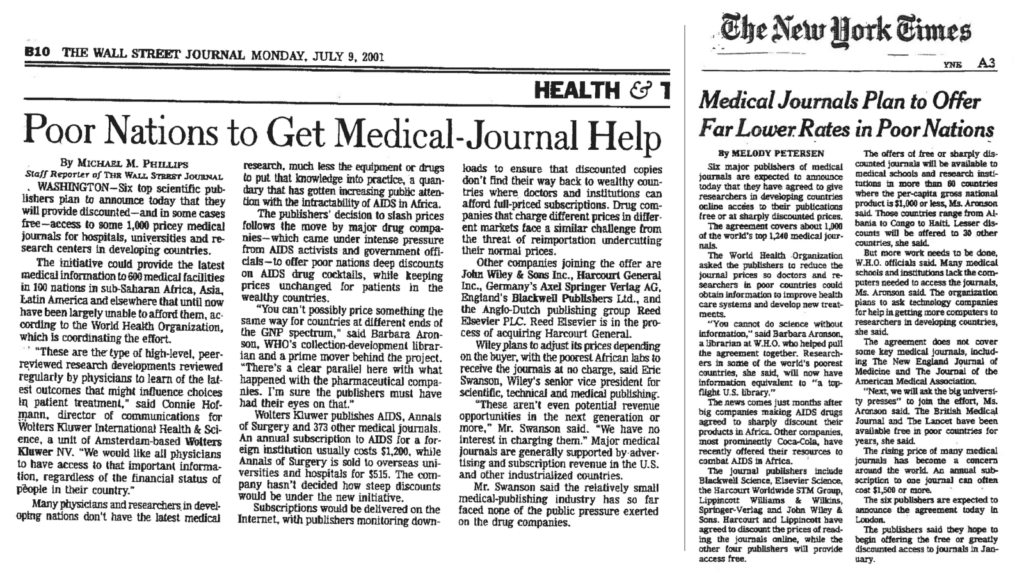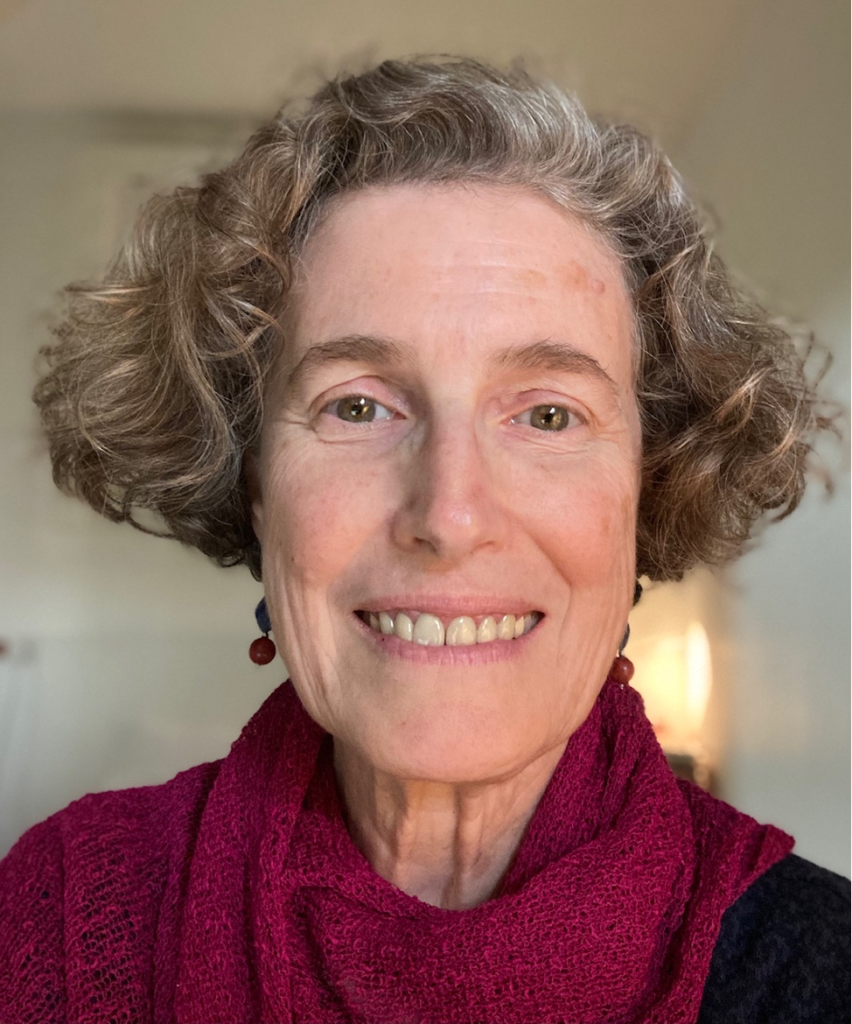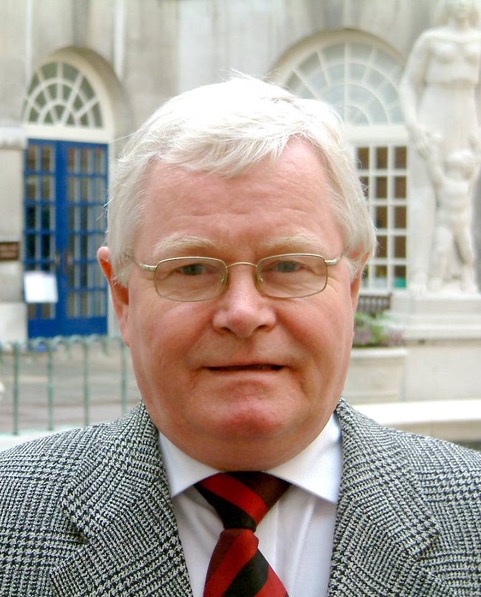Twenty years of Hinari
2021 marks the 20th anniversary of Hinari, Research4Life’s Research for Health program managed by the World Health Organization (WHO) in partnership with Yale University Library and 150 international publishers. It offers up to 22,000 journals, 69,000 books and 110 other information resources in the biomedical and related social sciences.
But how did Hinari start, and how did it become a flagship Research4Life program? We went back in time and had a chat with the initiators of Hinari, Barbara Aronson, original Hinari Programme Manager at the WHO Library and Maurice Long, retired STM Publishers Coordinator for Research4Life – as well as Kimberly Parker, current Hinari Programme Manager at the WHO.
2001 to 2021! We are celebrating 20 years since the launch of Hinari Did you ever imagine the programme you got off the ground would still be around this many years later?
Barbara Aronson: I don’t think either of us dreamed that Hinari would last 20 years!
Maurice Long: The Statement of Intent that the original six large publishers signed in July 2001 stated that they “expect it to continue for at least three years”. Of course, I was quietly hoping it would last longer than that. Ten years would have been good!
When did you start germinating the thought that it was important for publishers to include the developing world in their offerings?
Maurice: By 2001 most publishers were providing some free or low-cost journal subscriptions to designated libraries or individuals in developing countries, or low-cost national site licenses. But I think Hinari was the first truly international scheme where publishers worked collaboratively with each other and with the WHO to provide access to such a large collection of peer-reviewed biomedical research.
Barbara: When medical journals began appearing online in the mid-1990s, it was clear that at long last it was going to be possible to provide top quality information services to institutions in the Global South. There were only two questions: how soon would reliable broad-band internet be available in poorer countries? And what kind of arrangement could we come to with the publishers?
In the course of the year 2000, one by one, all the stars began lining up. At a consultation at WHO with health researchers from developing countries, they told us that “access to the priced literature” was their number one information issue. UN Secretary General Kofi Annan announced his initiative to bridge the digital divide in the world’s poorest countries through public-private partnerships, and called on WHO to create a ‘Health InterNetwork’. Then one day a Kenyan researcher came into the WHO Library looking for a very recent article. He had discovered it while searching Medline via the Internet from his office in Nairobi. I began sounding out my contacts at a few publishers about offering online access to their journals for 10 Global South institutions for a year or two, as proof of concept. It quickly became apparent that the companies I was speaking with were ready for something a great deal bigger. I met with Richard Smith, then editor of the BMJ, and explained what we wanted to do – and he told me to speak with Maurice Long.
You met for the first time in London in January 2001. What were your impressions?
Barbara: We went to lunch across the street from the BMA House – round wrought-iron tables, salad with poached eggs. We compared our lists of the key publishers to involve in the program: identical. It was wonderful to meet someone else who really wanted to talk about medical journals and their publishers – and he had a great network. I thought, “Oh my goodness, he might actually be able to make this happen!”
Maurice: I could tell straight away Barbara would be very good to work with and her visit to London was certainly timely. Ten days later I was due to attend a joint session on copyright issues at UNESCO in Paris with the International Council of Scientific Unions and the STM publishers’ association. I knew that senior directors from all of the six publishers on our list would be gathered in one place at one time. That almost never happens! Each of them told me they would be interested in talking to the WHO, and we set about organising a meeting in New York in March.
What was the road to get Hinari approved by the WHO cabinet?
Barbara: We had a formal consultation with the WHO Regional Offices (ROs) in February 2001 to consider several potential online information projects. I presented the proposed outlines of our journal access project. There was unanimous agreement that journal access was the priority for health institutions in the developing countries. This gave us a clear mandate from the ROs, the best political support you can have within WHO! From the minute Hinari launched, the ROs were among our biggest supporters within the Organization. And the WHO cabinet was convinced to approve the public-private aspect of Hinari because we were aiming to bring in the entire medical and health journal publishing sector – eventually hoping to include many more than the six initial publishers.
In March 2001, for the first time, all six inaugural publishers met together in New York with WHO representatives to discuss the program. What were your impressions?
Barbara: We met in a small low-ceilinged room down the hall from the WHO Liaison office in New York, in a 1960s office building. The room we used was barely larger than a long table, with just enough chairs. There was a dead plant in a pot in one corner. The walls were decorated with framed black and white photos of 1950s UNESCO leaders, all a bit too small and set too high on the wall, some tilted.
Our presentation suggested equitable pricing for developing countries. We had one slide: a bar graph of the four World Bank groups of countries based on GNP per capita. After the presentation there was silence. Then Elsevier’s Karen Hunter, who sadly passed away in 2018, pointed to the longest bar (the lowest WB tier) and said, « those countries should get free access, those [the next bar, the low-middle group] should pay something. » The other publishers agreed: we were 10 minutes into the meeting, and we already had a general outline of the program! We left the meeting with a clear framework, now needed to work out the details.
Maurice: If I remember correctly the low-income bar for countries to be included was US$748 per person per annum. Everyone at the meeting felt that this seemed a bit arbitrary and agreed to raise it to $1000, bringing a significant number of additional poorer countries into the scheme. They also agreed to offer access to their clinical as well as their research books and journals. It turned out to be the most useful meeting I have ever attended. Although there was still much to do regarding journal titles selection, identifying institutions, access authentication, etc., we left the building that late afternoon with an embryo of a working program that would provide free access within 10 months to 1200 journals to some of the poorest research institutions in the world. It had taken us less than 10 weeks to get there.
One of the most important positions taken by the six founding publishers was that it would be the WHO’s role to identify institutions eligible for access – and to manage the portal and access. This indicates the very high regard they all had for the WHO.
What was the importance of the Yale’s library involvement and offer to help at the beginning?
Barbara: When I spoke at the IFLA conference in Boston in August 2001, I was told about a gifted young librarian working at Yale, who was very enthusiastic about what WHO and the publishers were setting out to do. That was Kimberly Parker! She started helping us from Yale in October 2001, was eventually seconded to work with Hinari at WHO in 2007 for some months, and is now the program manager, as well as the most recent past Chair of the Research4Life Executive Council. Quite the journey! Meeting Kimberly was critical. Just as without Maurice it might have taken longer to bring the publishers on board, without Kimberly we wouldn’t have had a journal list ready for the users, and we wouldn’t have had Yale Medical Library’s proxy for our first authentication system.
Kimberly Parker: I remember when I first heard about Hinari. It was summer of 2001 and the launch was in the news. My supervisor was planning the IFLA conference programme and raised an agenda topic with our Collection Development Council to discuss what the Yale University Library might want to do to support these efforts to enable access to publications in the developing world. I remember saying after that Council meeting that coordinating such an effort would be my dream job, which is why I think Yale allowed me to work on Hinari a few hours a week as part of our partnership contribution.
Hinari was formally launched in July 2001. What are your memories of that time?
Barbara: As part of WHO’s commitments to the partnership, we promised to generate some very big publicity around the launch, and we hired a journalist/publicist in Boston. I went to the mountains for a long weekend. After a day of hiking, I returned with my daughter to our small family hotel. The patronne was waiting with a stack of phone messages: “Madame, the New York Times, the Boston Globe, the Washington Post, Nature, Science, the Wall Street Journal, MSNBC”, and on and on. Our ‘big bang’ was assured!

Maurice, when did you come up with the name Hinari?
Maurice: After the New York meeting, we agreed that we needed a name for the program. Originally, it was going to be a key part of Kofi Annan’s wider Health InterNetwork, wiring together all the various electronic healthcare and science programs and initiatives, and providing free or low-cost access to research. I was turning all this over one Saturday morning while waiting in line at my local supermarket checkout: Health InterNetwork Access to Research, Health InterNetwork Access to Research Initiative… HINARI!
What do you see in the future of Hinari? Do you have some impressions after the General Partners Meeting earlier in June?
Kimberly: Every time I think that we must be getting close to a time when we aren’t needed anymore and can quietly fold away our efforts, there is always something to prove the continued need. The User Experience Review showed such an important impact of our efforts. And the partners continue to explore new elements to our primary focus of levelling the playing field for the Global South – such as Open Access APC waivers and other similar issues.
Barbara: The Country Connectors project is really exciting. I’ve always seen the users as the “third party at the table”, together with the publishers and WHO. With the Country Connectors we would have a clear channel to communicate with our user base. Hopefully this will help us improve what we do, and lead to more and better use of the resources we offer. I also hope to see the contribution of our users to the global scientific information base continue to grow, through increased visibility of their work in international journals.
Maurice: It was wonderful to learn that the current partners in Hinari and the other amazing Research4Life programs have committed to continuing them until 2025 and hopefully beyond. In the time of pandemic, all of them are needed more than ever.








